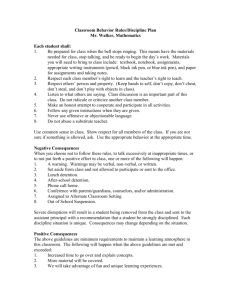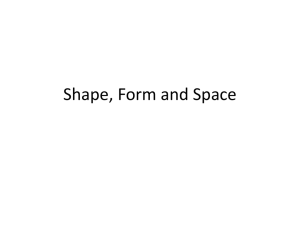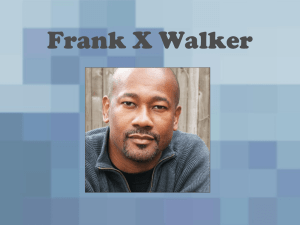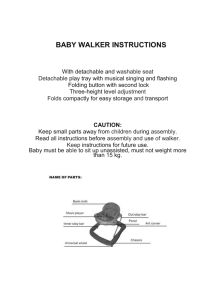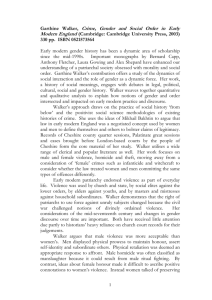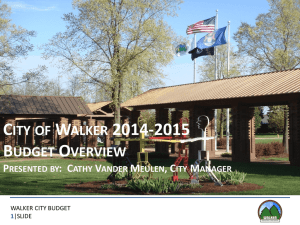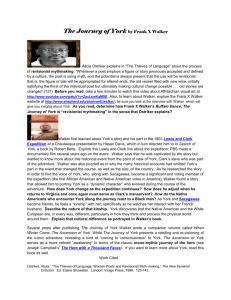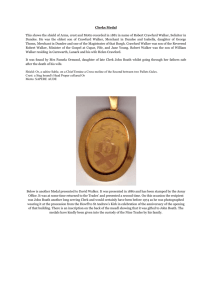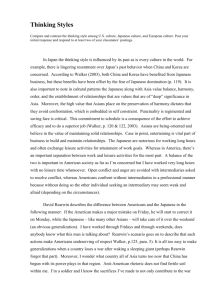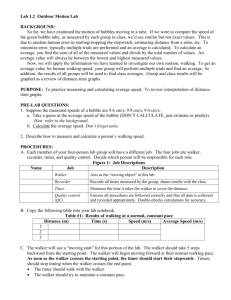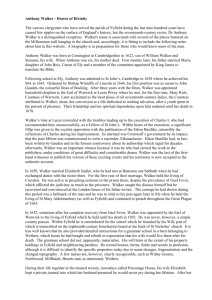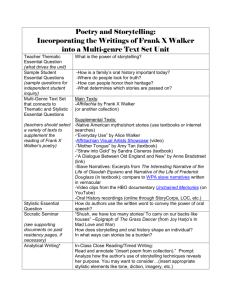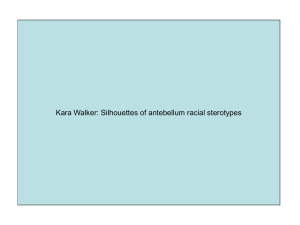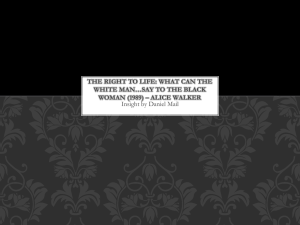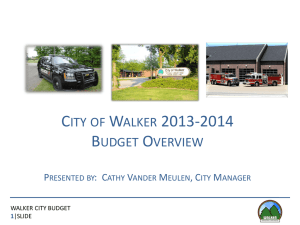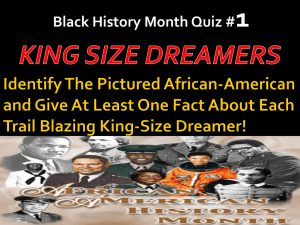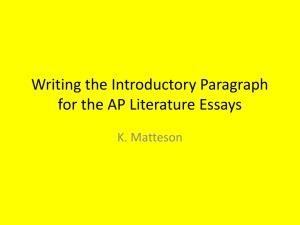Presentation 28 Sept
advertisement
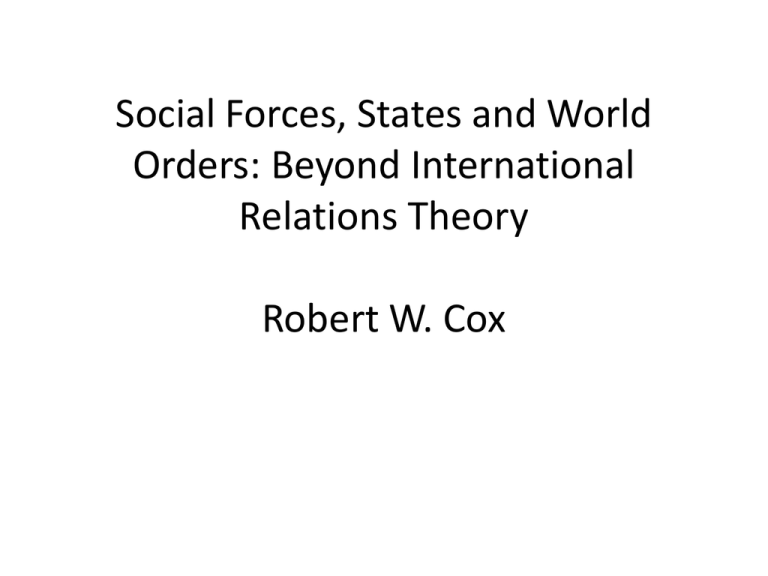
Social Forces, States and World Orders: Beyond International Relations Theory Robert W. Cox Neorealist Assumptions • Human beings are in a perpetual state of conflict and desire for power • The actions of states are guided by a monolithic conception of national interest • The relations between states are governed within a ‘balance of power’ framework Critical Theory • Problem-solving theories can only approach solutions within the existing framework, helping to legitimate dominant perspectives • Critical theories allow us to question the perspectives themselves, and offer a wider range of insights and solutions State/Society Complex • Neorealism is ill equipped to study the state/society complex, which runs counter to the assumption that the state is an ahistorical, monolithic entity • Historical Materialism offers us a better insight into the dynamic relationship between inter- and intra-state relations, by situating state/society activity in a particular historical, material, ideological and structural context. • HM pays particular attention to the relations between productive forces Structures, Historical Structures Structures Ideas Material Capabilities Institutions Historical Structures Social Forces Forms of State World Orders Hegemony, Imperialism and Social Forces • Hegemonic power is a product of the material capability/idea/institution dynamic • The nature of Imperialism is historically contingent • Imperial social forces do not necessarily stem from a state in itself, but from specific forces within and between states • Petras argues the current imperial system is dominated by transnational capitalist interests, and that the individual states within that system are not only differentiated by power, but by function How do Cox’s concepts of hegemonic power and the state/society complex apply to the Iraq invasion? Internationalization • Through the internationalization of the state and productive forces, neorealist conceptions of hegemonic power which emphasize the competing national interests of sovereign states start to break down • Organizations such as the World Bank, the IMF, and the OECD play a key role in the transnational harmonization of policy • The internationalization of production has created global class interests that transcend state boundaries How accurate is it to say that the new imperialism is transnationally economic rather than state-driven? Has the expansion of international capital caused marginalization? If so, what have been the consequences? HISTORY AND STRUCTURE IN THE THEORY OF INTERNATIONAL RELATIONS R. B. J. Walker Walker’s Three Broad Conclusions • History should be given priority • The differences in approaches to world politics need to be looked at from the level of their basic developmental assumptions • Contemporary analysis of world politics poses fundamental questions about political theory Keohane argues we need to incorporate history into the rationalist approach. Walker believes that if we need to adapt the rationalist approach, we need to rethink everything about International Relations. CONTRASTING PERSPECTIVES History VS. Structure Puzzles in Historical Narratives • The contrasting narratives of history. • Competing accounts of when the modern states-system arose • The ‘Great Tradition’ of International Relations theory claims unchanging truths about the “eternal game of relations between states”. • The fact that concepts which we see as natural and inevitable were once contested. How have competing historical narratives played a role in specific international political issues? Structure • Do structures really exist in concrete form or only in theory? • Metaphors are used to help clarify certain concepts but sometimes do not take into account cultural and political contexts. • Is human action more a product of structures or are structures more a product of human action? • Structural terms are informed by historical concepts. How are history and structure as outlined by Walker relevant to the Israeli/Palestinian statehood debate? How do Walker’s ideas about structure coincide with or differ from Cox’s perspective on structure?

